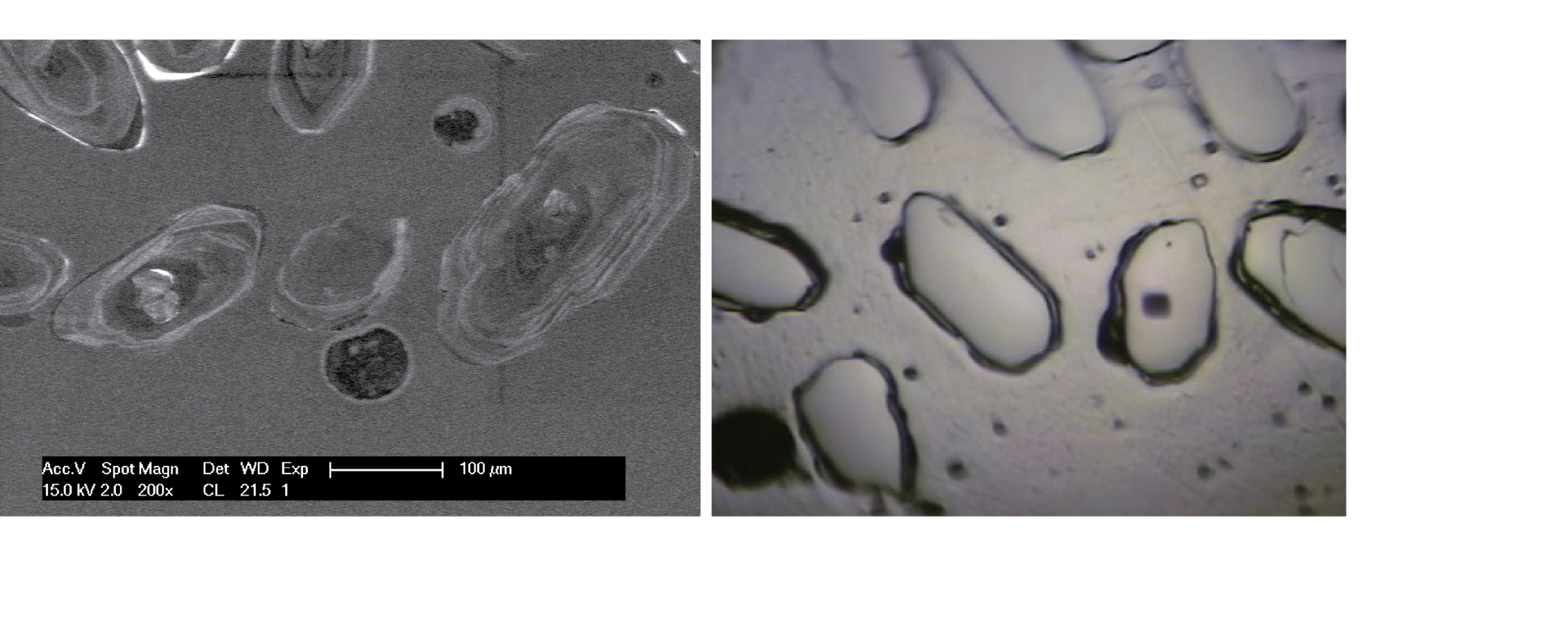I am a fourth year PhD student at the University of Tromsø working to understand the evolution of the Caledonides in northern Norway. The Norwegian Research School for Dynamics and Evolution of Earth and Planets (DEEP) gave me the opportunity to contribute important geochronological data to my PhD by funding my travel to and analytical costs at the NORDSIM facility at the Swedish Museum of Natural History in Stockholm.
The rocks in northern Norway preserve several pre-Caledonian and Caledonian events, locally. A good way to establish their age and context is to determine their P-T conditions (using phase equilibrium modelling) and to directly date minerals (e.g. zircon) using isotope geochronology. Part of my study area preserves what appears to be pre-Caledonian migmatization. I had determined the metamorphic conditions for the migmatization, but the age was unknown (and based on field data could be anywhere between Neoproterozoic and Silurian in age).
I separated zircons from my migmatite samples and took them to Stockholm. There, we used secondary-ion mass spectrometry (SIMS) to analyse the zircons. In geology, the SIMS method is most commonly used for U-Th-Pb geochronology. It was best suited for my zircons as it is an in situ method that allows for analyzing pre-chosen small spots (about 5 microns). This is important because one can analyze thin rims grown on pre-existing zircons (e.g. during migmatization), without getting mixed ages. The different zones in my zircons were determined using cathodolumnescence (see picture) on a scanning electron microscope (SEM) before I used the SIMS.

My trip was successful, and I managed to constrain the age of migmatization well. During my 3-day trip I also had the opportunity to experience life at the museum and to meet the wonderful group that works at NORDSIM. Thank you to Kerstin Linden, Gavin Kenny, and Martin Whitehouse for all of your help. And thank you to DEEP for giving me this opportunity.